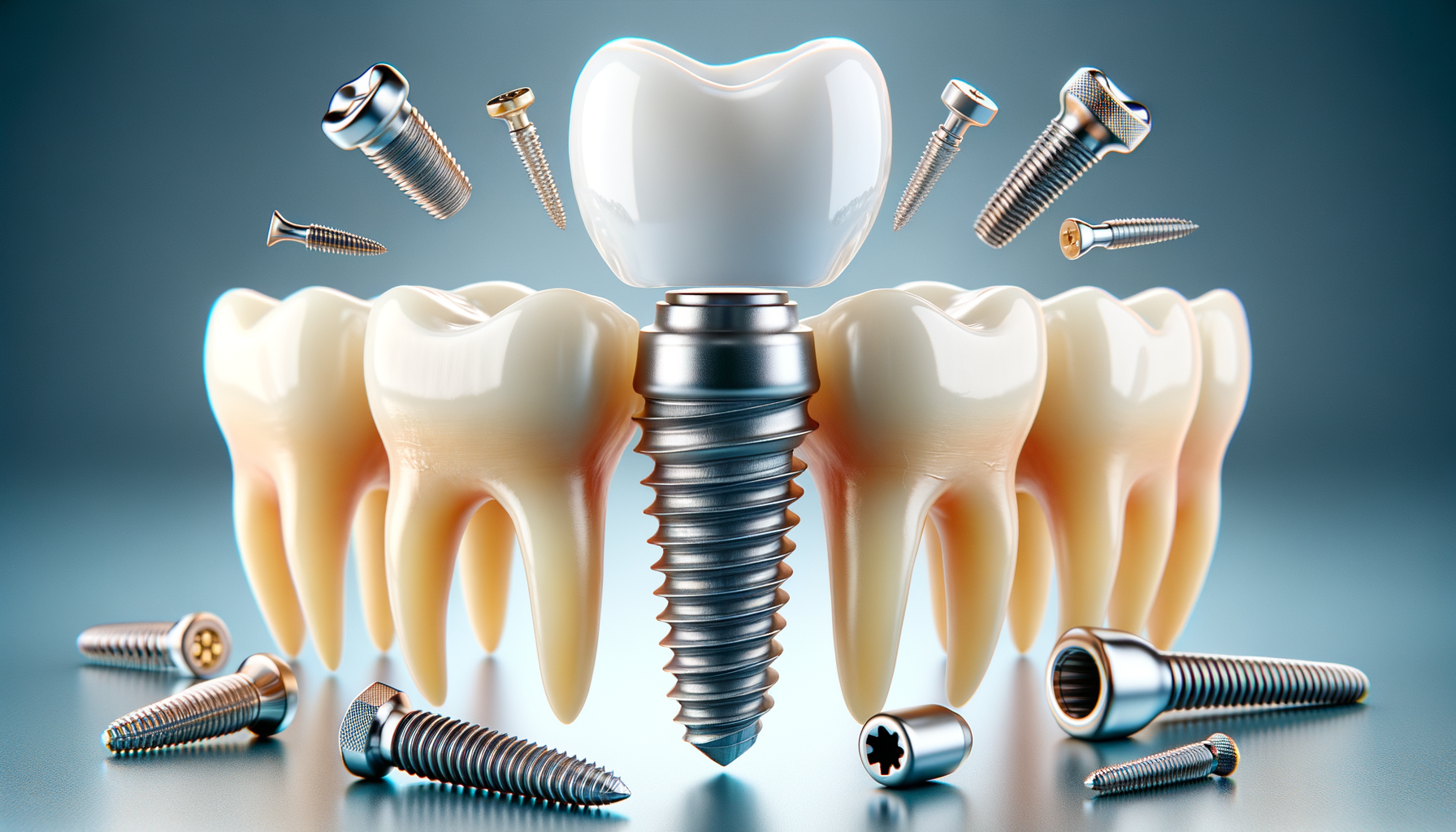
Understanding Dental Implants: A Comprehensive Guide
Introduction to Dental Implants
Dental implants have revolutionized the field of dentistry, offering a robust solution for those seeking to replace missing teeth. Unlike traditional dentures or bridges, dental implants provide a permanent and natural-looking option that enhances both functionality and aesthetics. As oral health is crucial to overall well-being, understanding the role of dental implants becomes essential for anyone considering this advanced dental procedure.
Dental implants are essentially artificial tooth roots, typically made of titanium, which are surgically placed into the jawbone. They serve as a stable foundation for fixed or removable replacement teeth. This innovation not only improves the appearance of one’s smile but also supports oral health by maintaining the jawbone structure and preventing bone loss.
In this comprehensive guide, we will delve into the various aspects of dental implants, including their benefits, the procedure involved, and considerations for potential candidates. By the end, readers will have a clearer understanding of whether dental implants are the right choice for them.
Benefits of Dental Implants
Dental implants offer a multitude of benefits that make them a preferred choice for many individuals. One of the most significant advantages is their durability. Unlike dentures, which may need replacement or adjustment over time, dental implants are designed to last a lifetime with proper care. This long-term solution is not only cost-effective but also contributes to a better quality of life.
Another notable benefit is the improvement in oral health. Dental implants do not require altering adjacent teeth, as is often necessary with bridges. This preservation of natural teeth helps maintain the integrity of the oral structure. Additionally, implants help stimulate the jawbone, preventing bone loss and maintaining facial structure, which can be compromised when teeth are missing.
From an aesthetic perspective, dental implants offer a natural appearance. They are custom-made to match the color and shape of existing teeth, ensuring a seamless blend with the natural smile. This can significantly boost self-esteem and confidence, particularly for individuals who have been self-conscious about missing teeth.
Furthermore, dental implants restore full chewing ability, allowing individuals to enjoy a varied diet without restrictions. This improvement in functionality is crucial for maintaining overall health and nutrition.
The Dental Implant Procedure
Understanding the dental implant procedure is essential for anyone considering this option. The process typically involves several stages, each crucial to the success of the implant.
The initial step is a comprehensive evaluation by a dental professional. This assessment includes a thorough examination of the mouth, dental X-rays, and sometimes 3D imaging to determine the condition of the jawbone and the best placement for the implant.
Once the evaluation is complete, the surgical placement of the implant occurs. This involves inserting the titanium post into the jawbone, which will serve as the root for the new tooth. The area is then allowed to heal, during which time the implant fuses with the bone in a process known as osseointegration. This healing period can take several months but is crucial for the stability of the implant.
After successful integration, an abutment is placed on the implant. This small connector piece will hold the replacement tooth or crown. Finally, the custom-made crown is attached, completing the process and restoring the function and appearance of the natural tooth.
Throughout the procedure, patients are typically provided with local anesthesia and sedation options to ensure comfort. Post-operative care is essential, including regular dental check-ups and proper oral hygiene, to maintain the health and longevity of the implant.


